Europe Gastronomy Cities
Vienna Gastronomy City
Vienna, the Austrian capital, is a city where history and modernity coexist in perfect harmony. Its grand buildings and world-renowned museums showcase its rich past, while its efficient public transit, lush parks, and high standard of living make it a top-ranked city globally.
Beyond its architectural splendor, Vienna boasts a rich musical heritage, having been home to legendary composers like Mozart and Beethoven. The city's passion for the arts is evident in its numerous theaters, concert venues, and opera houses, cementing its status as a cultural powerhouse.
- Vienna's food scene combines old-world charm with new-age creativity
- The city's café culture is recognized by UNESCO as culturally significant
- Classic Viennese dishes include Wiener Schnitzel and Sachertorte
Why is Vienna's food scene so unique
Vienna's culinary landscape is a testament to its historical significance and diverse influences. The city's food culture blends traditional Austrian recipes with global flavors, increasingly focusing on sustainability and locally sourced ingredients.
A standout feature of Vienna's food scene is its café tradition. These elegant establishments, with their marble tabletops and comfortable seating, are more than just coffee shops. They're cultural hubs where people read, chat, and spend leisurely hours. The significance of Viennese café culture is such that UNESCO has recognized it as culturally important.
Which Viennese dishes should I try
When sampling traditional Viennese cuisine, don't miss these iconic dishes:
- Wiener Schnitzel: A thin, breaded veal cutlet, fried until golden. It's typically accompanied by a lemon wedge and potato salad or parsley potatoes.
- Tafelspitz: A boiled beef dish, once favored by Emperor Franz Joseph. It's served with various sides, including horseradish, minced apples, and chive sauce.
- Sachertorte: This famous chocolate cake, created in 1832 for Prince Metternich, features a dense chocolate sponge with a thin apricot jam layer, covered in dark chocolate icing.
- Apfelstrudel (Apple Strudel): A flaky pastry filled with spiced apples, often served warm with whipped cream or vanilla sauce.
- Kaiserschmarrn: A sweet, shredded pancake dish, often enjoyed as a dessert or light main course. It's typically served with fruit compotes or jams.
Where can I find authentic Viennese cuisine
For a genuine taste of Viennese food, visit one of the city's traditional Beisln (bistros) or Gasthäuser (inns). These cozy spots often serve generous portions of classic dishes in a laid-back setting.
Some popular options include:
- Figlmüller: Known for their oversized schnitzels
- Plachutta: Famous for their Tafelspitz and other boiled beef specialties
- Gasthaus Pöschl: A welcoming, family-operated restaurant serving traditional Viennese fare
For a more refined dining experience, try one of Vienna's Michelin-starred restaurants. While they often put a contemporary spin on traditional recipes, they still honor the city's culinary roots.
What's special about Viennese coffee culture
Viennese coffee culture is a core part of the city's identity. The coffee houses (Kaffeehäuser) of Vienna are more than just cafes; they're social institutions where time seems to slow down.
Try these classic Viennese coffee drinks:
- Melange: Similar to a cappuccino, but with a milder coffee flavor
- Einspänner: Strong black coffee served in a glass, topped with whipped cream
- Kleiner Brauner: A small espresso served with a small jug of cream on the side
Some of Vienna's most famous coffee houses include Café Central, Café Sacher, and Café Hawelka. Each has its own unique ambiance and history.
What about Vienna's street food scene
While Vienna is known for its elaborate cakes and sit-down meals, it also has a vibrant street food culture. Here are some quick eats to try:
- Käsekrainer: A cheese-filled sausage, often served in a bun with mustard and ketchup
- Bosna: A spicy sausage in a white bread roll, topped with onions and a spice blend
- Leberkäse: Despite its name meaning "liver cheese," this meatloaf contains neither. It's often served in a roll as a quick snack.
You can find these and other street foods at Würstelstände (sausage stands) throughout the city.
Are there options for vegetarians and vegans in Vienna
While traditional Viennese cuisine is quite meat-centric, the city has seen a rise in vegetarian and vegan options recently. Many restaurants now offer plant-based versions of classic dishes, and there are numerous fully vegetarian and vegan eateries to choose from.
Some popular veggie-friendly spots include:
- Tian: A Michelin-starred vegetarian restaurant
- Swing Kitchen: A vegan fast-food chain offering burgers and wraps
- Veggiezz: A cozy spot serving vegan versions of Austrian classics
Even traditional restaurants usually have at least one vegetarian option, often Spinatknödel (spinach dumplings) or Kaspressknödel (cheese dumplings).
What drinks should I try besides coffee
While coffee is a staple in Vienna, the city also has a rich wine culture. Vienna is unique as the only capital city with significant wine production within its boundaries. The local wine, Wiener Gemischter Satz, is a field blend of several grape varieties grown together.
You can taste Viennese wines at traditional Heurigen (wine taverns) on the outskirts of the city. These rustic establishments serve young wines alongside simple, hearty food.
For beer enthusiasts, Austria has a strong brewing tradition. While not as well-known as its German neighbors, Austrian beers are worth trying. Look for brands like Ottakringer (brewed in Vienna) or Stiegl.
How can I enjoy Vienna's food scene on a budget
Experiencing Vienna's culinary offerings doesn't have to be expensive. Here are some tips for budget-friendly eating:
- Visit markets: The Naschmarkt is Vienna's largest market and a great place to sample local and international foods at reasonable prices.
- Try street food: Getting a sausage from a Würstelstand is an affordable and authentically Viennese experience.
- Look for lunch specials: Many restaurants offer set lunch menus (Mittagsmenü) at a fraction of their dinner prices.
- Picnic in the parks: Buy some bread, cheese, and cold cuts from a supermarket and enjoy a picnic in one of Vienna's beautiful parks.
- Seek out student areas: Neighborhoods like the 7th district (Neubau) often have more affordable dining options.
Remember, even in fancy coffee houses, you can usually enjoy a single coffee for hours while soaking up the atmosphere.
FAQs
When should food enthusiasts visit Vienna?
While Vienna is great year-round, food lovers might particularly enjoy autumn. This is when you can experience the wine harvest at the city's Heurigen, and many restaurants feature seasonal specialties like game and pumpkin dishes. The Christmas season (late November to December) is also wonderful, with Christmas markets serving traditional treats like roasted chestnuts and Punsch (a warm, spiced alcoholic beverage).
Are there food-related events in Vienna?
Yes, Vienna hosts several food-related events throughout the year. The Vienna Food Festival in May showcases the city's culinary variety. The Genuss Festival in the Stadtpark, also in May, focuses on Austrian products and producers. In November, the Vienna Wine Fest celebrates the new vintage of Viennese wines.
Is tipping expected in Viennese restaurants?
Tipping is common in Vienna, although it's not as obligatory as in some other countries. A service charge is usually included in the bill, but it's typical to round up the total or add about 5-10% for good service. In cafes, it's common to round up to the nearest euro for drinks.
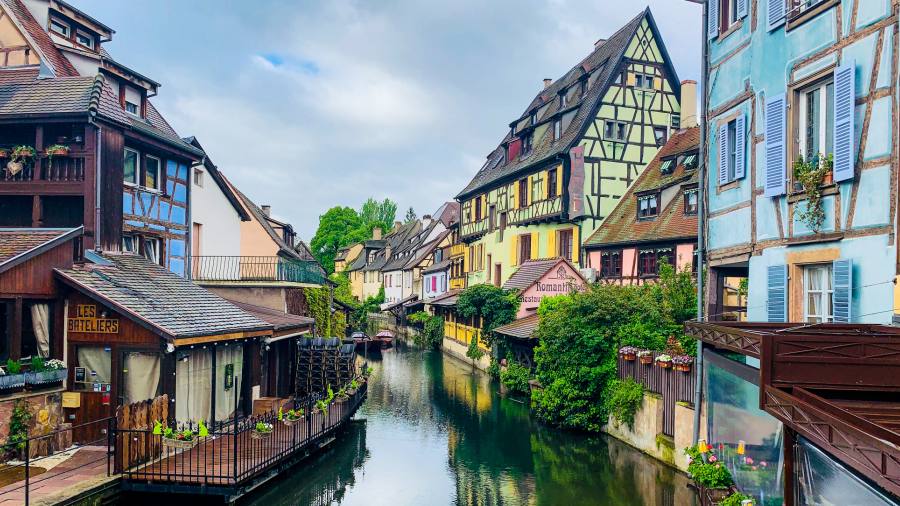
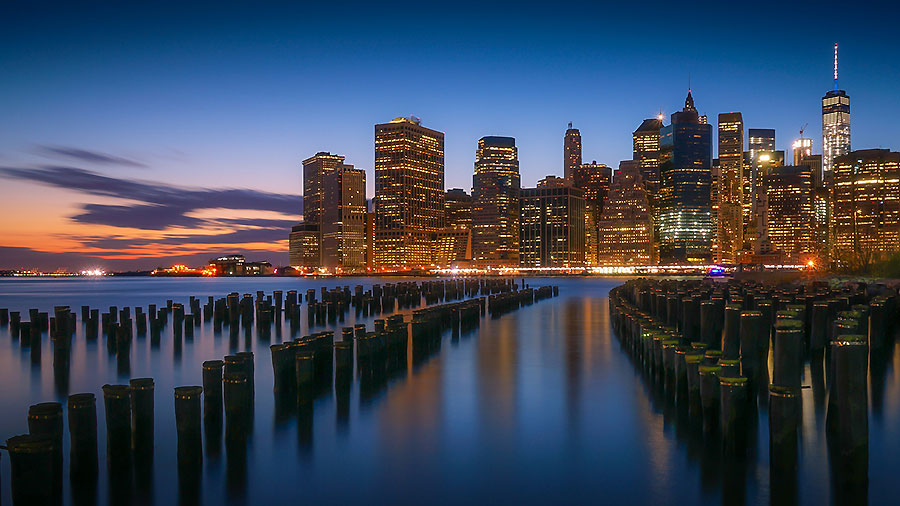

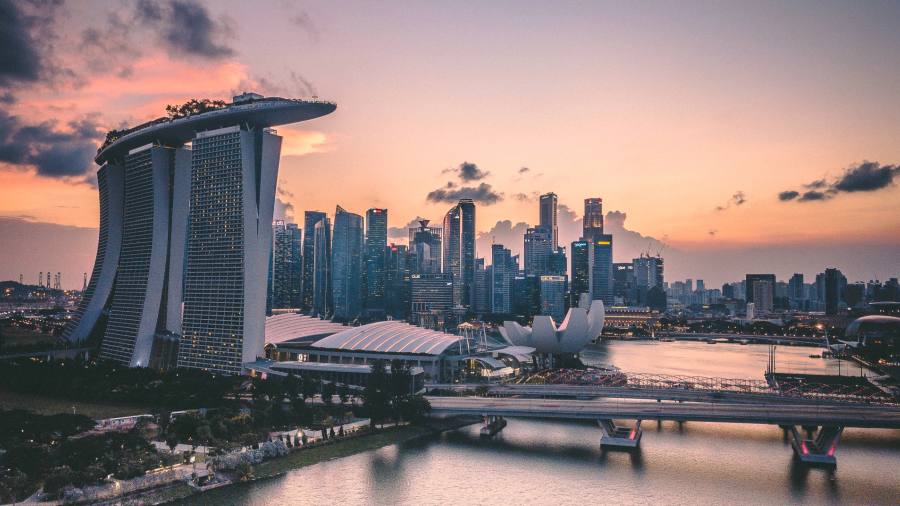
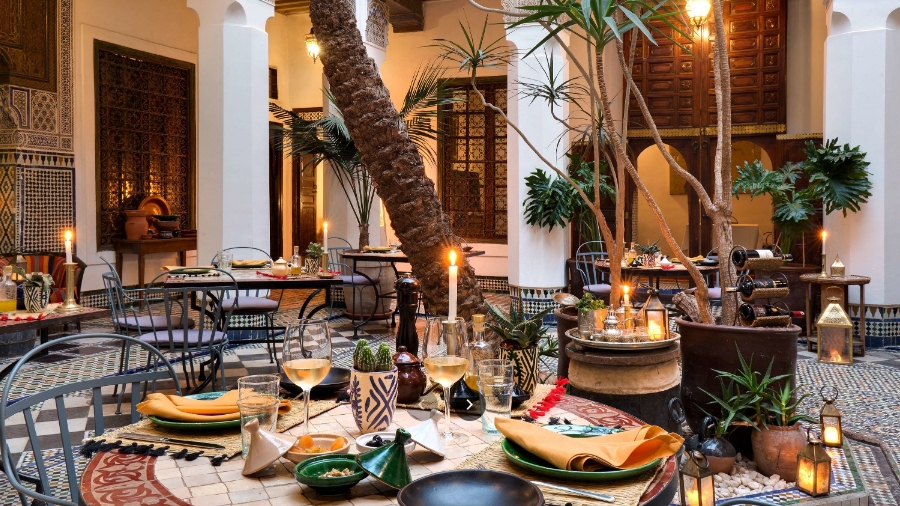


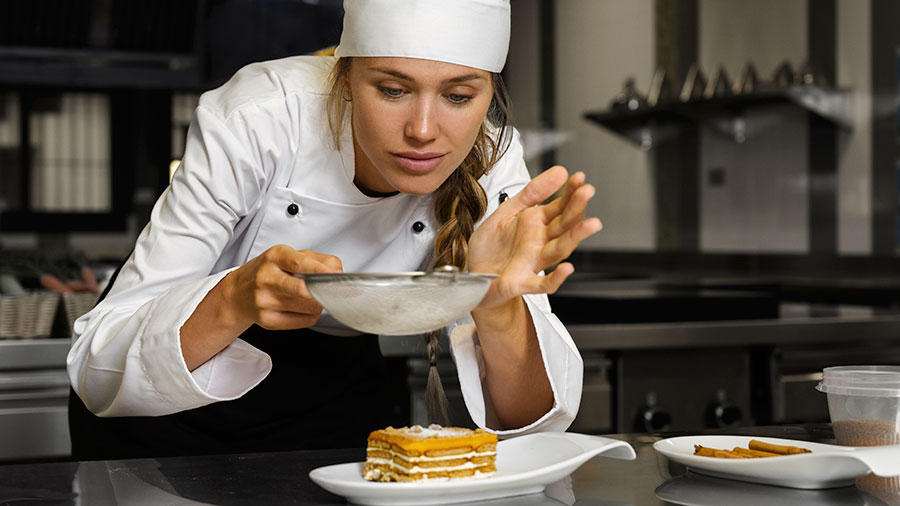
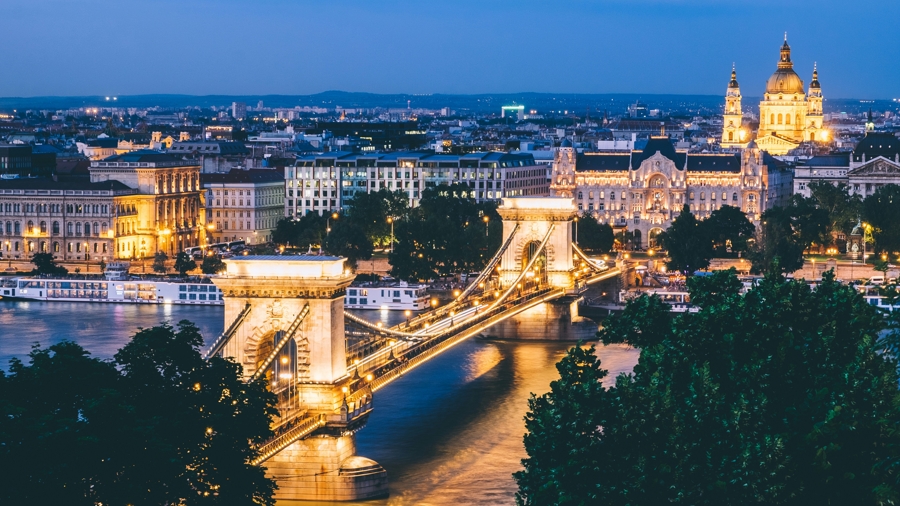
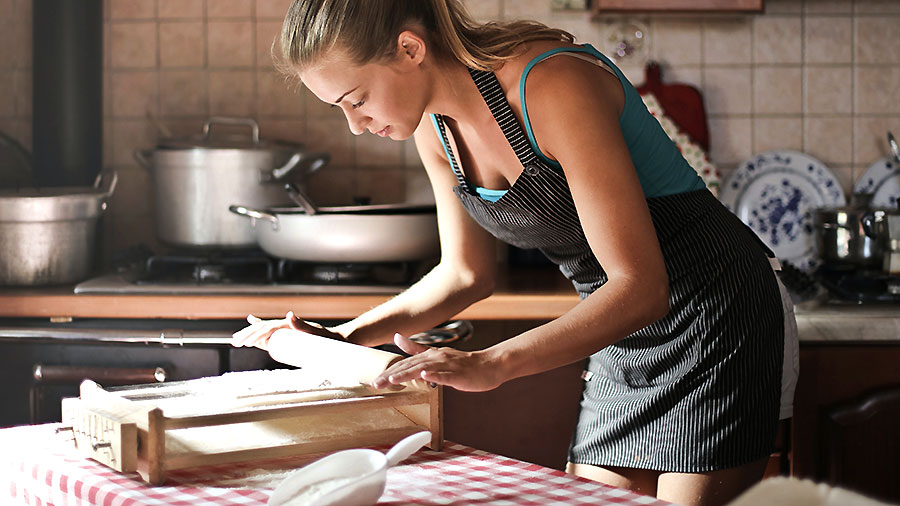

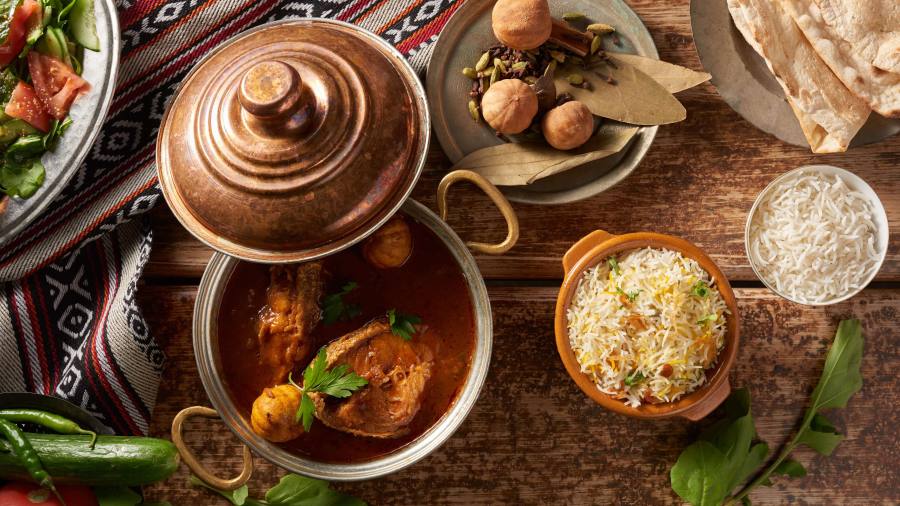
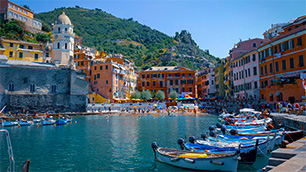 Gastronomy Cities
Gastronomy Cities
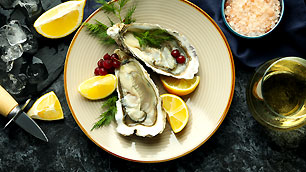 Amazing Food
Amazing Food
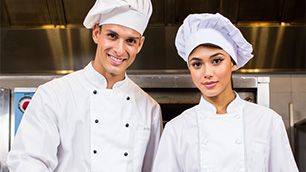 Chef's Talk
Chef's Talk